Before we delve into the new species, I thought I'd add a couple of birds that I missed off of last week's round-up. One was down to simply forgetting I had a shot of it, the other was good old misidentification.
Collared Dove
This was a shot I took at Chessington World Of Adventures. While it's an extremely common bird, I very rarely see them in Bournemouth, so I was more than pleased to get a shot of this one who seemed to be posing for me. It's a gorgeous looking bird, with pretty colouring and a very pleasing call. It's not quite as pretty as a turtle dove, but it remains a delightful looking bird.
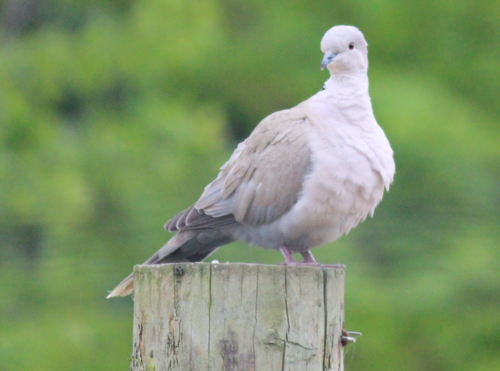
Siskin
Identifying birds can be tricky, with some species being near impossible to tell apart. This one was more of a goof on my part, as I originally thought it was a female goldfinch. Luckily, two kind members of the RSPB forum confirmed that it was in fact a female Siskin, giving me another bird to add to my list. So a big thanks to aiki and doggie who confirmed what a friend on Facebook said.
Siskins are becoming more and more common in gardens, where they regularly compete with gold finches, chaffinches and other garden birds. The males are far more striking in colour, and I missed the opportunity to take some images of some while I was at Arne. I foolishly promised I'd catch them on the way back, but they had long since gone. Something to remember in the future.
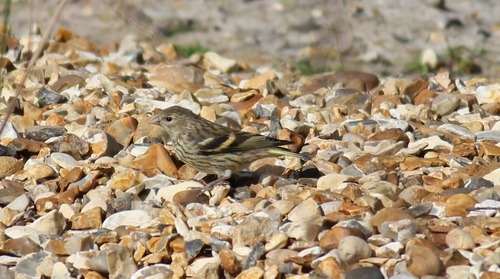
Wood Pigeon
The wood pigeon gets an unfair reputation, possibly because it's so common. While it can scare other garden birds away, it's actually a very beautiful bird in its own right, having some striking colouration that makes it stand apart from the drabber pigeons you see in town. This one has been regularly feeding at my bird station, regularly scaring away the juvenile robin that comes for a visit. I don't have the heart to scare it away though, so it keeps on returning.
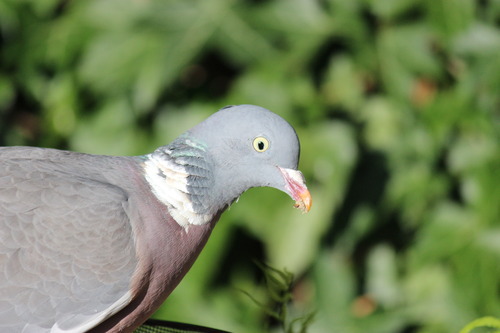
Blue Tit
I was surprised to miss the Blue Tits when I visited Avon Heath the other week, but I was rewarded with their acrobatic antics this week. My first encounter with them was my trip to Arne on the 26th, where they were swarming over the feeding and pulling off all sorts of acrobatics. I then spotted more at Avon Heath, which is where the second pic is from.
There's just something about Blue Tits that I absolutely love, they're delightful little birds that are amazingly agile and can often be found pulling off all sorts of crazy shenanigans as they forage for food. No branch is too delicate for a blue tit to dangle off and they make for one of our most entertaining birds.
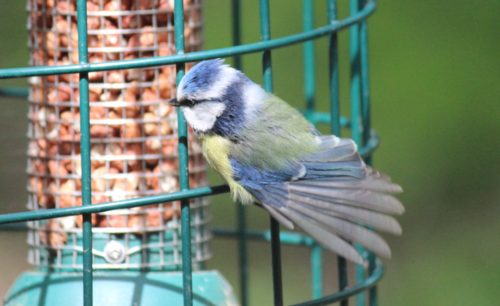
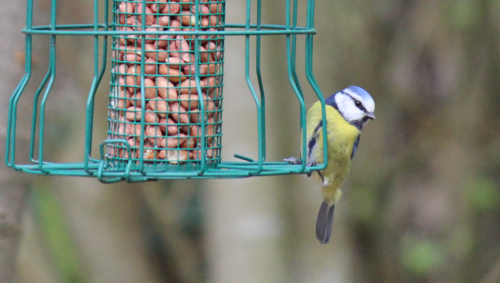
Coal Tit
Here's another tit I've spotted this week. It's a dinky little bird, roughly blue tit sized, but is a lot darker in colouration with a distinctive black and white head. I spotted this one at Avon Heath, where it was attracted to the large mound of seed that had been placed on the floor by a warden. I've never seen one in my garden, but I understand it to be very common, with around 760,000 breeding pairs in the UK.
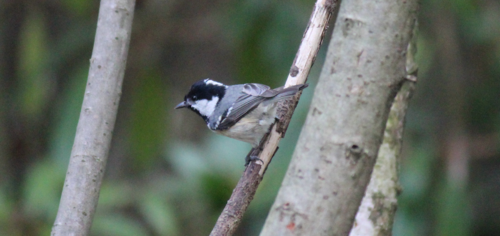
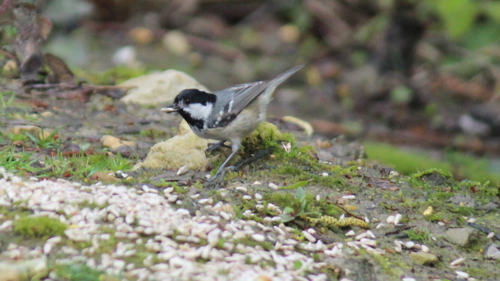
Nuthatch
I have never seen a nuthatch in the wild, so I was delighted to see three in two days. I saw the first pair at Arne, where they flew down to the feeding station and quickly pecked away at the tasty morsels there. I had no idea how quick the little blighters where, so I had to make do with the below shot. It's not bad, but the nuthatch is partially obscured by the feeder.
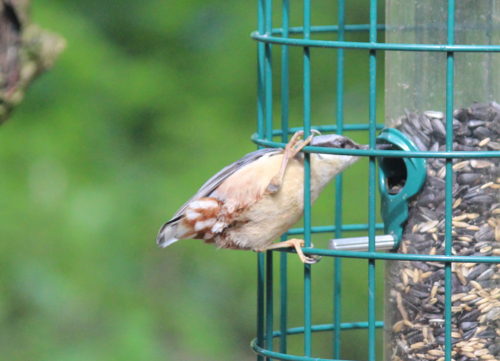
Luckily, my trip to Avon Heath was rewarded with a far better picture. I saw the little fellow mousing around in the underbrush, before finally flitting down to feed on a pile of seed. Many will no doubt see this as cheating, but I've learned quickly that you take your shots when you can. I'll be looking for a more natural feeding pose,but this will do fine for the time being.
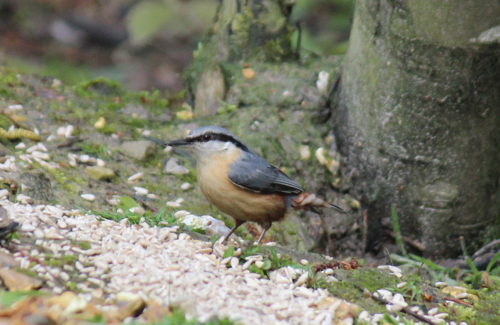
Swallow
There's a barn up at Arne which is currently off limits as Kestrels and Barn Owls are breeding there (no I didn't get shots as I didn't realise this until I got back to the centre). To the side there's a lovely pasture and as we walked along we saw lots of swallows wheeling through the sky chasing after flies. I soon gave up trying to get a shot of a grounded bird as my daughter was far too impatient, but this image will do for the time being. Incidentally, I've just written an article about Swallow migration in issue 5 of World Of Animals. Be sure to check it out.
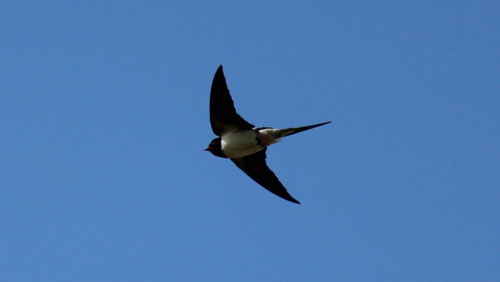
Curlew
Okay this is one of those shots that had me wishing for a better lens. When I got to the hide I realised just how far out the birds were, which instantly made me wish the new lens I wanted was in stock. I'm putting this shot up as proof I've seen the bird (I'm convinced it isn't a Whimbrel) but I'll be replacing it at the first opportunity.
Curlews are our biggest waders and are easy to spot thanks to their long downturned bills which are used for grabbing molluscs and other creatures. This one was patrolling the flats on his own ignoring the nearby gulls.
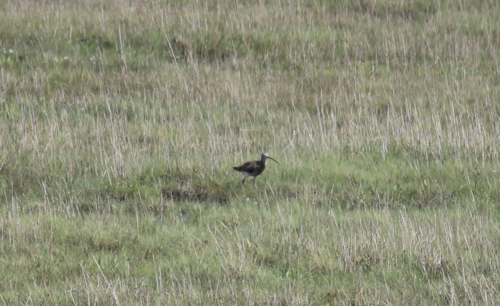
Green Finch (male and female)
Although Green Finches are still exceedingly common (there are over 1,700,000 breeding pairs) I never see them in town any more. I'm sure they're there, picking fights with the other birds, but I just don't see them. Luckily a trip to Arne saw me rewarded with a male and female who were both using the feeder and carrying off food. They're slightly bulkier than other finches, with heavier set beaks that allows them to tackle certain hard to crack seeds. Sometimes confused with the Siskin, they're much stockier and have a very distinctive call. The male is on the feeder.
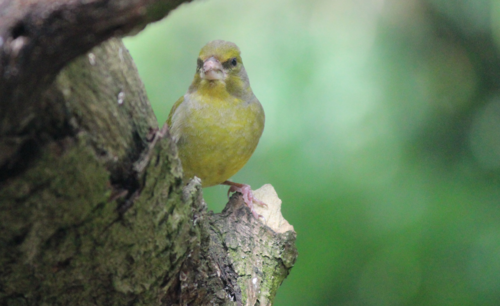
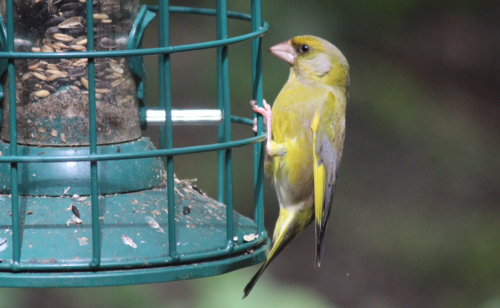
Wren
Another example of my lens letting me down. As if often the case you'll hear a wren before you see it. Despite being one of our smallest birds, it has one of the loudest voices, with a trilling, larger-than-life song which is a joy to listen to. I soon tracked it to a fern, where it became very hard to spot. To give you an idea of how well hidden it was I've included the original image and a cropped shot.
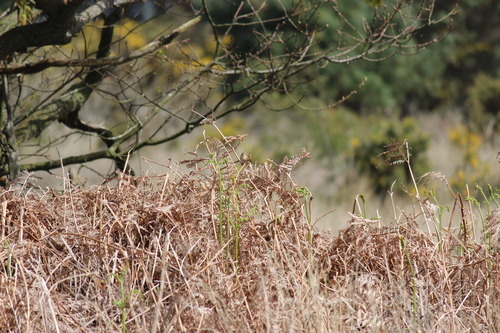

Rook
As we were heading back from Arne I saw a large bird of prey which I assumed was a buzzard. After excitedly pulling over the car it was nowhere to be seen so I took the opportunity to take some shots of a local rookery. There were loads of rooks wheeling about the air and I managed to get a half-decent shot of one. I had better luck with this guy on the ground however.
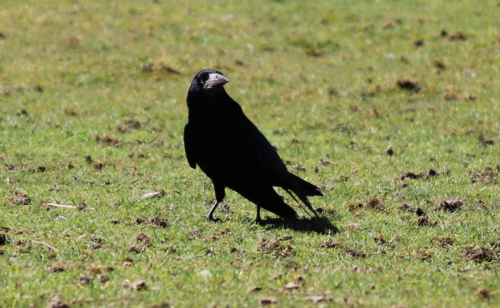
Although rooks are extremely common in the UK, we see most of them out in the countryside, as Bournemouth's town centre is typically occupied by carrion crows. They're easy to recognise with their grey bills and slightly bigger than carrion crows.
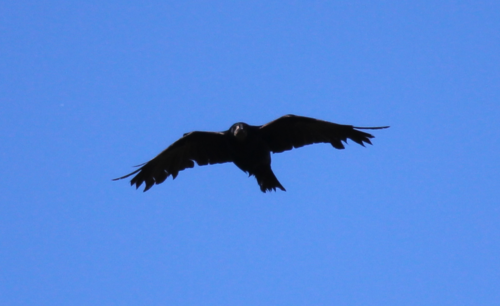
Shelduck
There's no mistaking a shelduck. They are large ducks, looking like small geese. They are also very memorable with their red bills and gorgeous chestnut stripes on their bellies. This pair were resting at Arne hide and luckily they were near enough to me to get a decent shot. I've also taken one flying, so you can recognise its distinctive chestnut chest. It's a gorgeous looking duck, not quite as outrageously coloured as a Mandarin, but a lost more common.
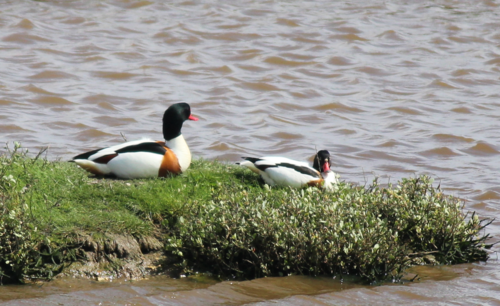
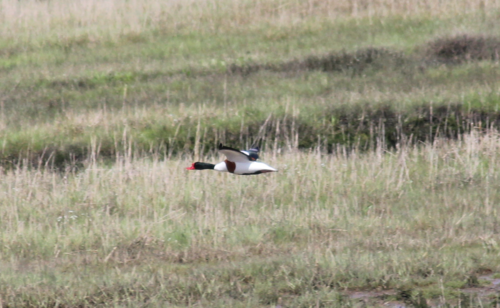
So that's it for another week of birding. I'm working next week end, which means I'm unlikely to have many new species to show off, but I'm pleasantly surprised with the way things are currently going.
My trip to Arne has made me realise that I need to invest in a better lens to ensure I don't miss out on those waders, so I'll be investigating a few over the coming month.
I've now seen 31 birds, leaving me with 241 left to find.
I'll sign off with the punky looking great tit who had a delightful little quiff and a deer that suddenly rushed out as we were using the hide at Arne.
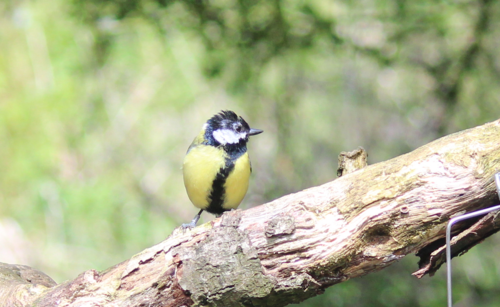
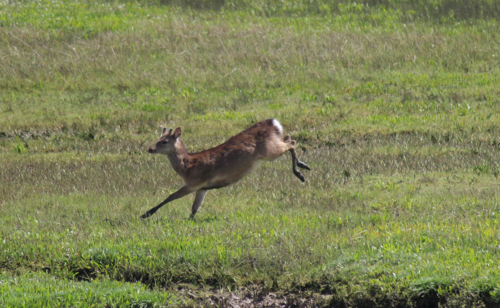

No comments:
Post a Comment